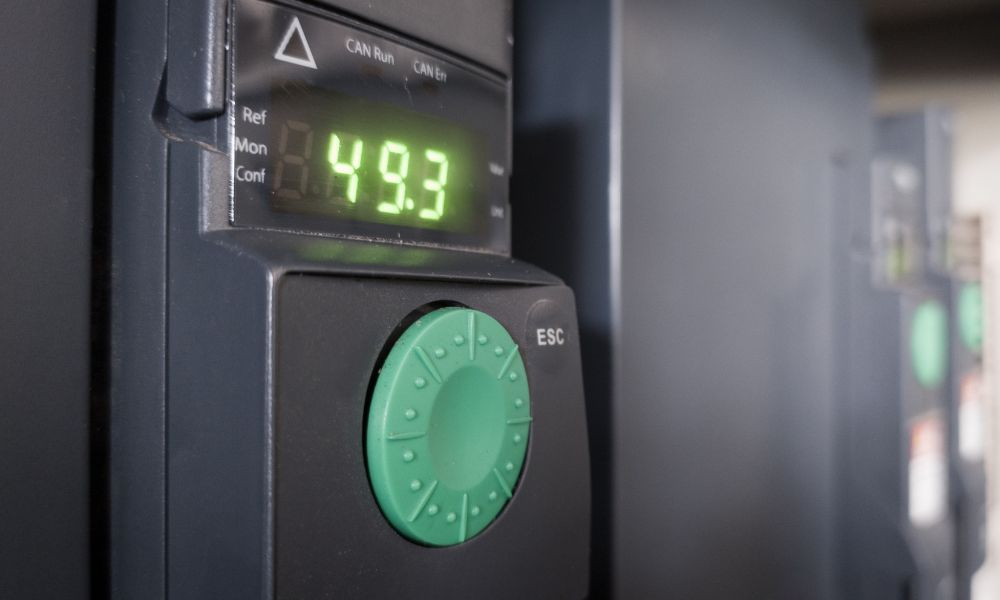
Frequency converters help control electrical frequencies, allowing us to safely use devices that work better at different electrical wavelengths. The two most common types of converters are rotary converters, which have far more individual moving parts, and solid-state or static converters that operate more electronically. Let’s look at some of the components that make up a frequency converter and explore what a solid-state converter does.
Power Conversion
At the heart of any frequency converter is the power conversion stage. Here, the device transforms AC power from the grid to DC through a rectifier. This ensures a stable power input, which is indispensable when it comes to powering the next stage of the converter.
Next, the rectified AC power inverts back into AC through an inverter bridge, employing insulated-gate bipolar transistors (IGBTs) or power MOSFETs. These switch at high frequencies to create a pulse-width modulated (PWM) signal, providing precise control over the amplitude and frequency of the resulting AC power output.
Control Logic
It’s impossible to talk about the components that make up a frequency converter without looking at the control logic, which acts as the brain of the device. Advanced control algorithms monitor the input AC power, the desired output frequency, and the operation of the motor. This intelligence makes on-the-fly adjustments to the inverter bridge’s switching pattern, ensuring that the motor receives a stable and correctly balanced AC power supply.
Modern frequency converters often utilize sensorless vector control, which estimates the motor’s flux and torque strengths to deliver optimized performance without the need for motor encoders or other feedback devices.
Protection Circuits
Even the most robust frequency converters can be susceptible to various faults, such as overvoltage, overcurrent, or overheating. Protection circuits are imperative as they safeguard the converter, the motor, and, by extension, the entire industrial process. These built-in safety features can halt system operation, provide alarms, or even execute predefined shutdown sequences to prevent further damage.
Protection circuits typically include current sensors, voltage detectors, and thermal sensors that feed information back to the control logic. In the event of a detected fault, the control system takes the necessary protective actions to maintain safe and stable operating conditions, reducing the risk of damage to equipment and the potential for unsafe working conditions.
At Visicomm Industries, we specialize in crafting the most efficient and reliable 60hz to 50hz frequency converters designed to meet the needs of various industrial applications. Whether your operation requires precise motor speed control, superb energy efficiency, or flexible integration into complex systems, our products stand ready to deliver optimal performance. We invite you to explore our range of solutions and discover how we can assist in enhancing your operational efficiency and reliability. Contact us today to learn more about how frequency converters work and take the first step toward optimizing your industrial processes.